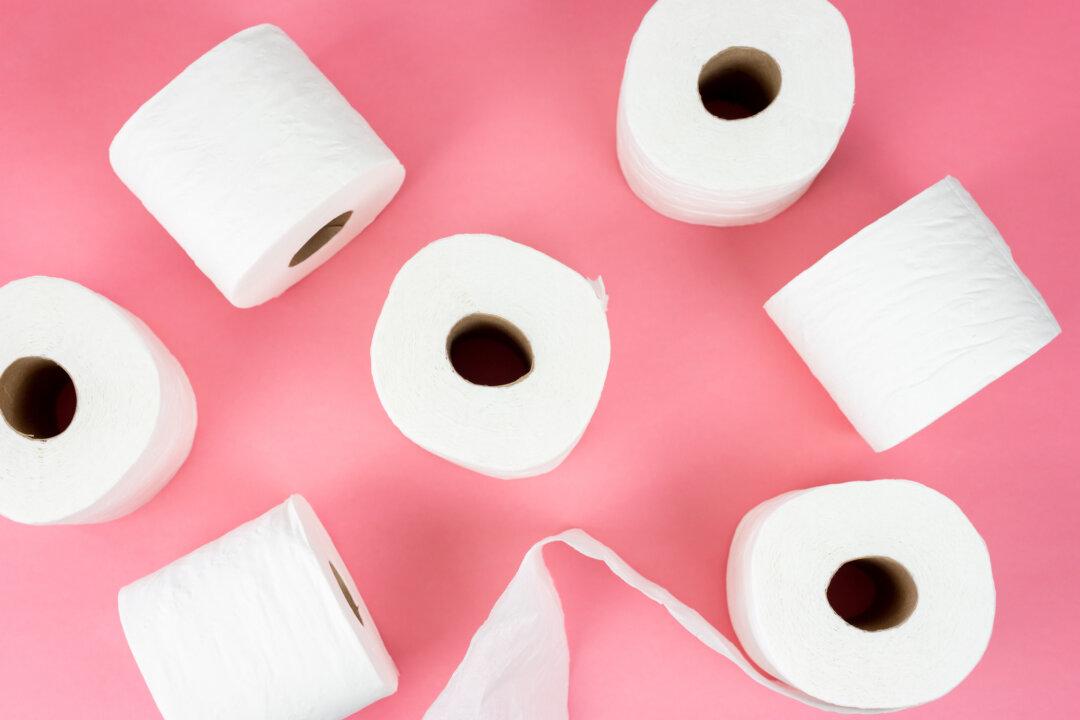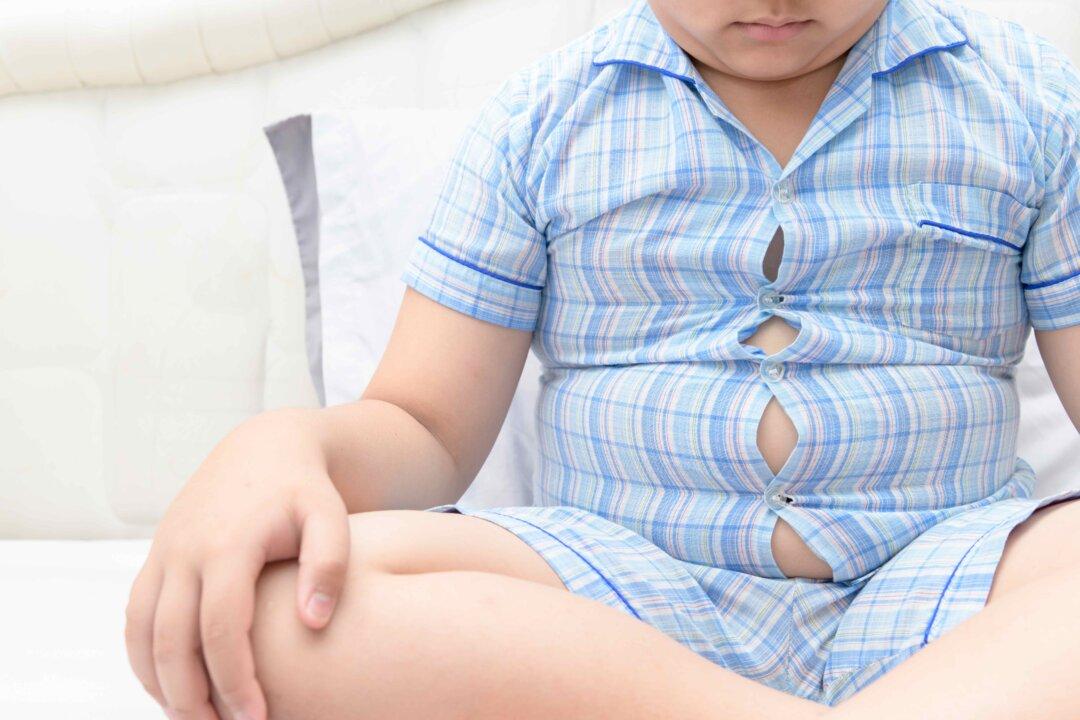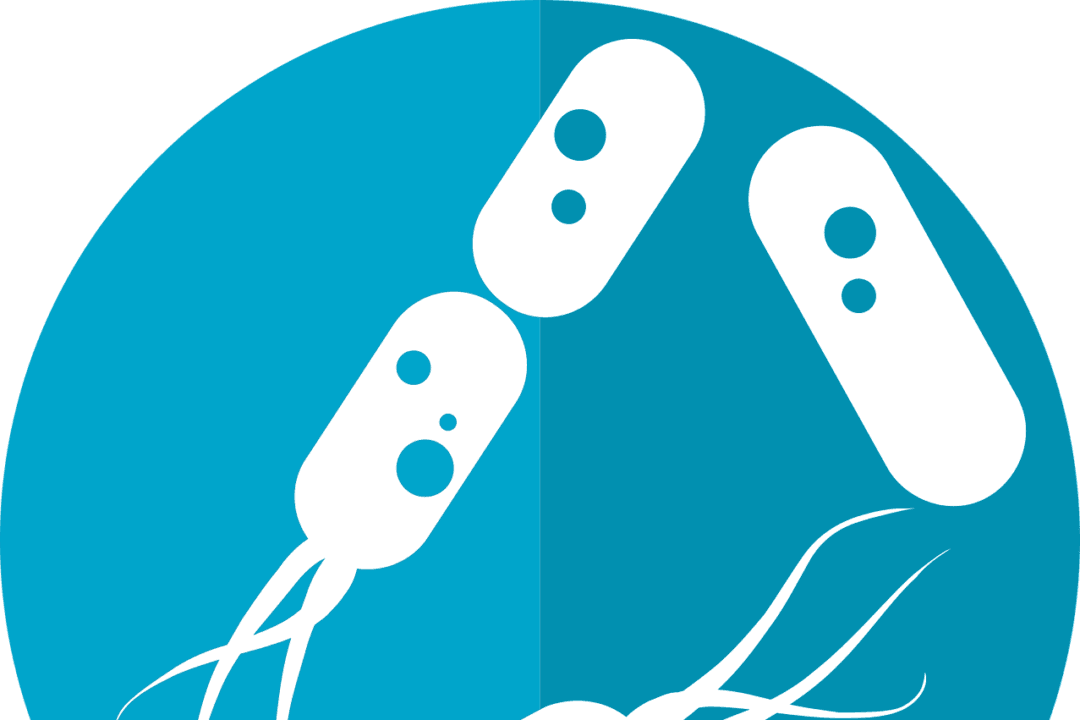The instances of kidney stones have risen dramatically in new demographics like children, women, and African Americans and a newly released study from the Children’s Hospital of Philadelphia has found that taking commonly prescribed antibiotics is a factor in that rise.
Researchers examined the health records of 25,981 people 3 to 12 months before their first incidence of kidney stones and a control group consisting of 259,797 people without kidney stones.





